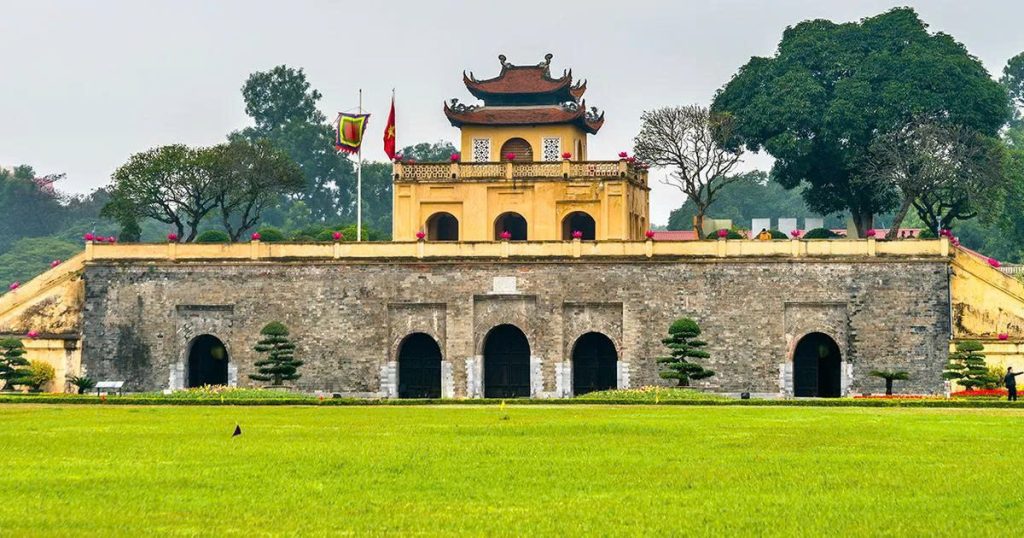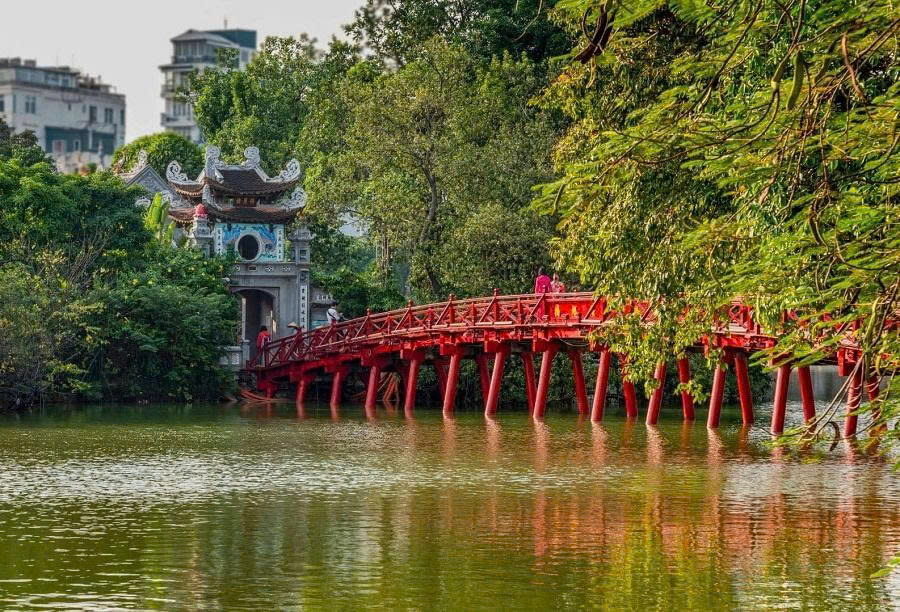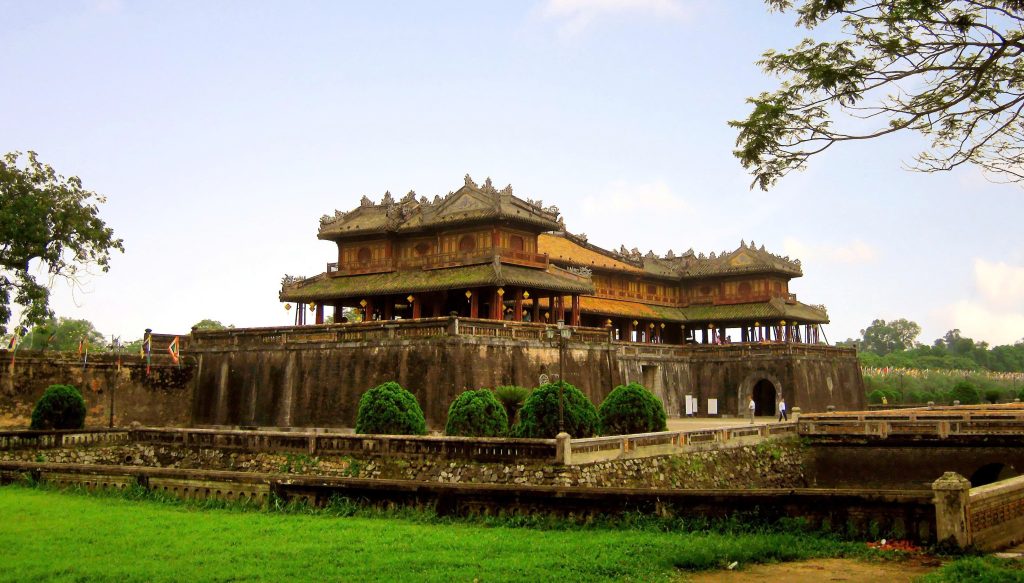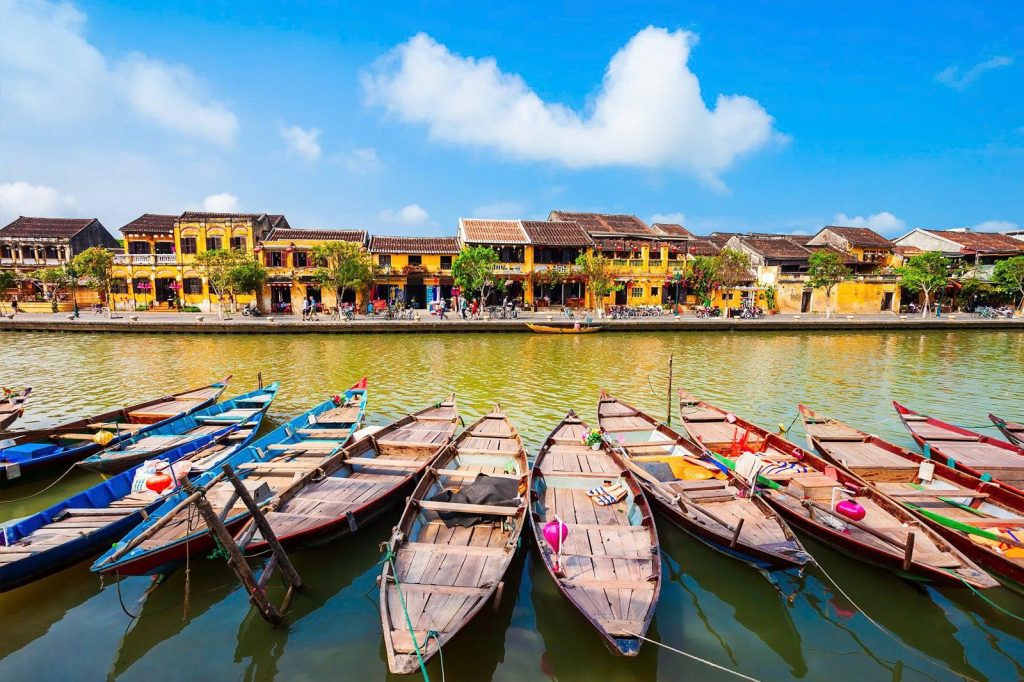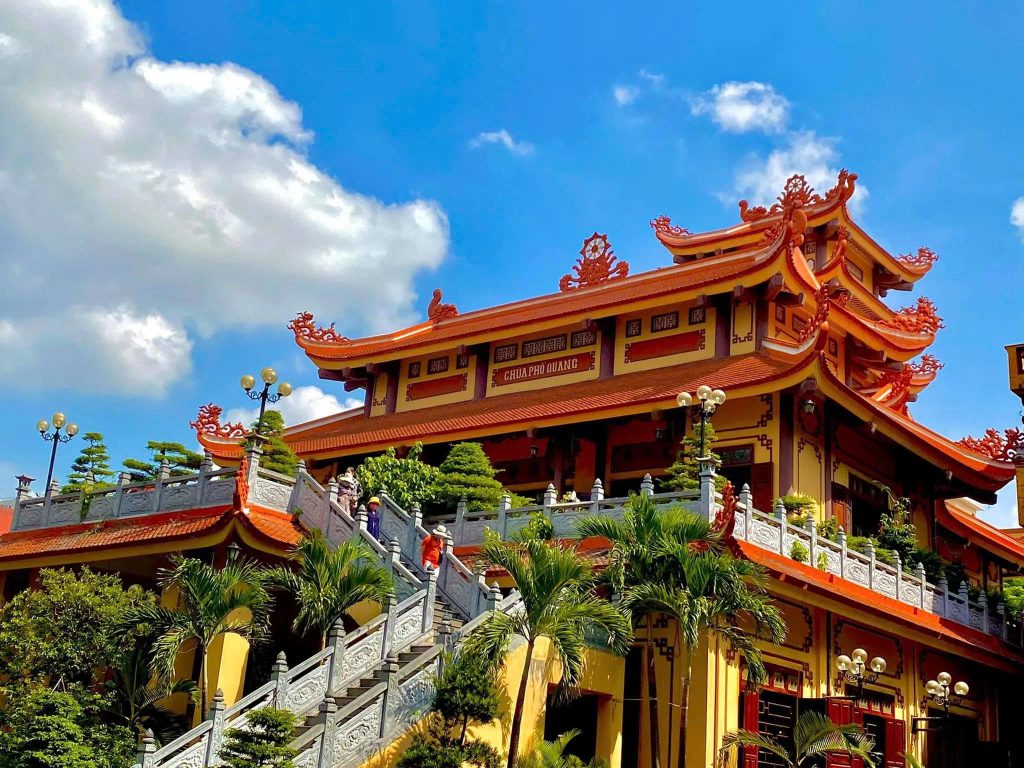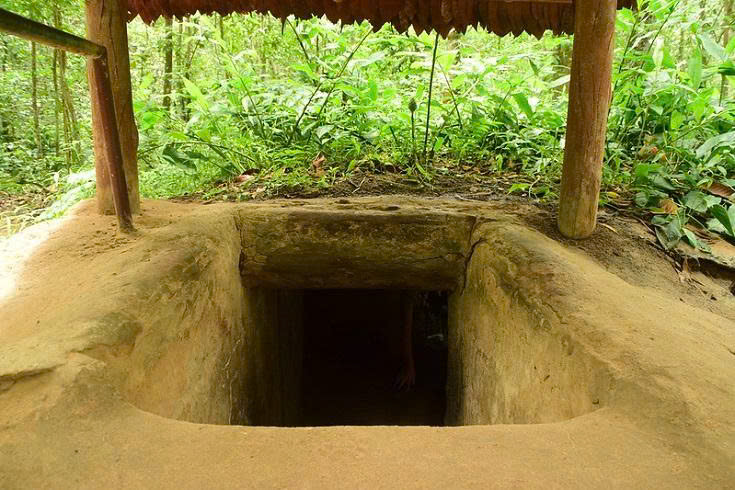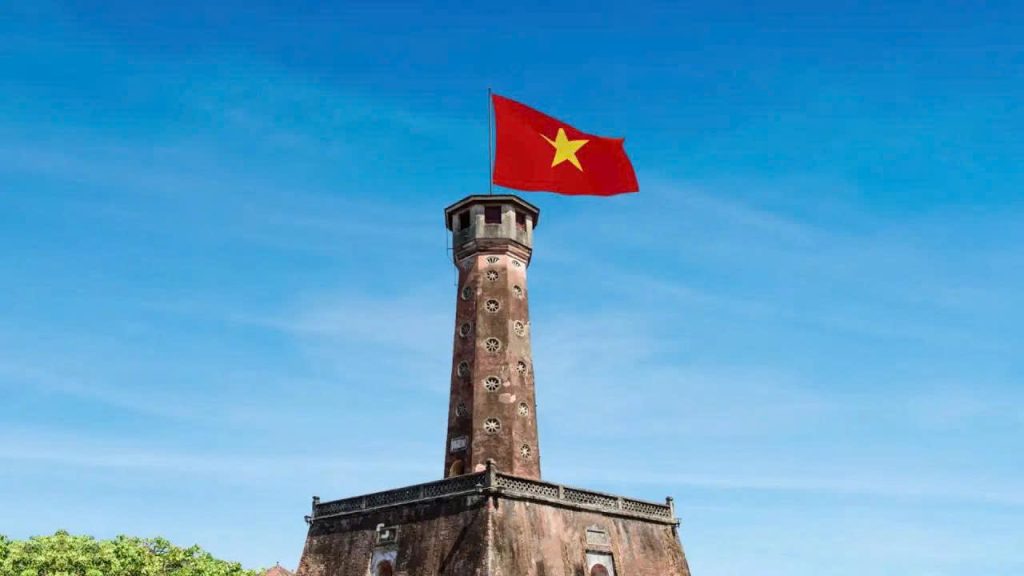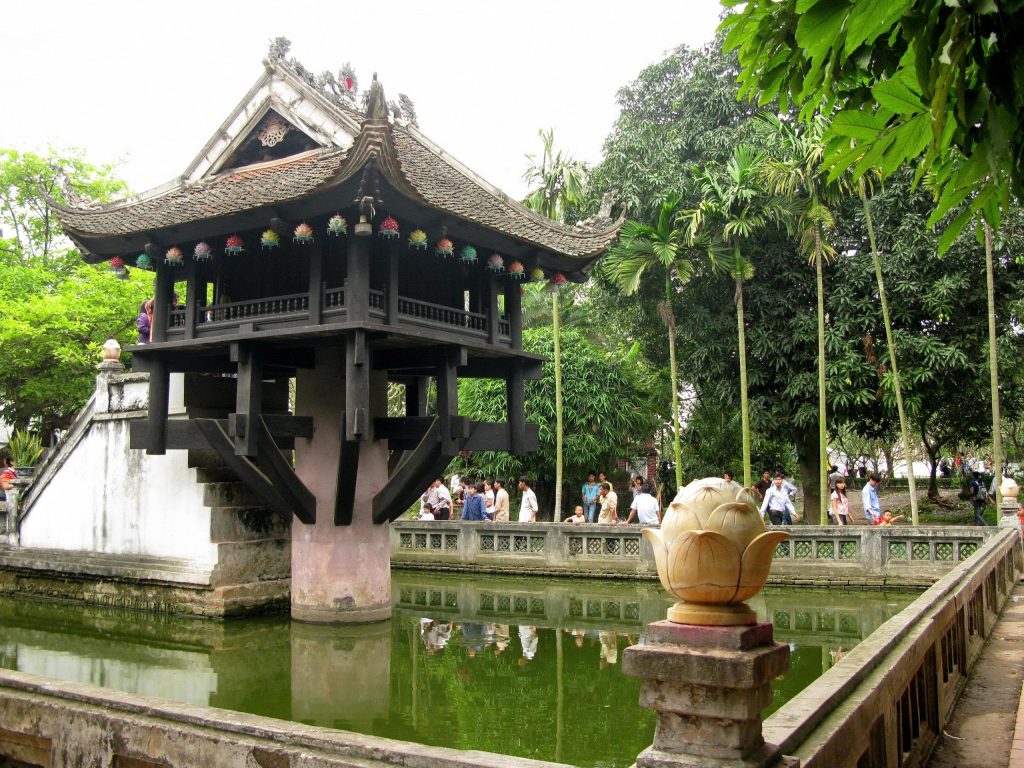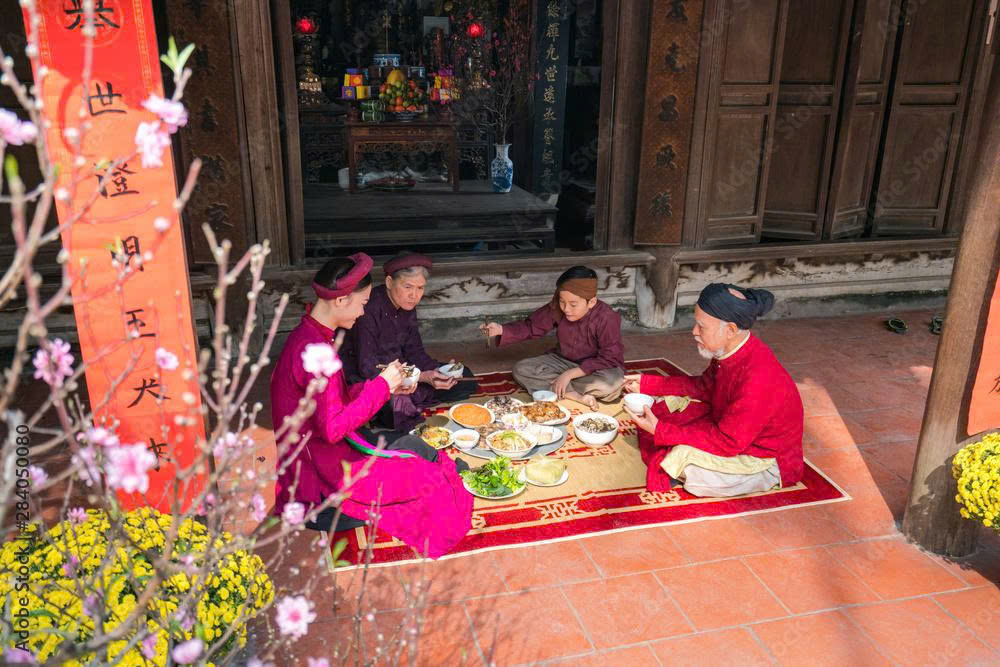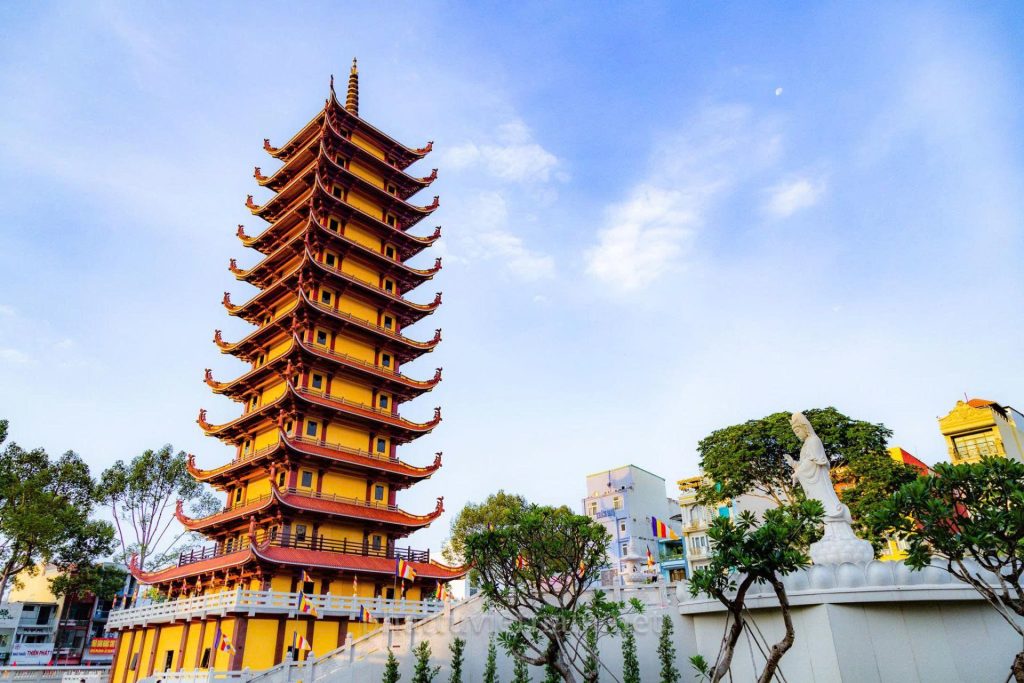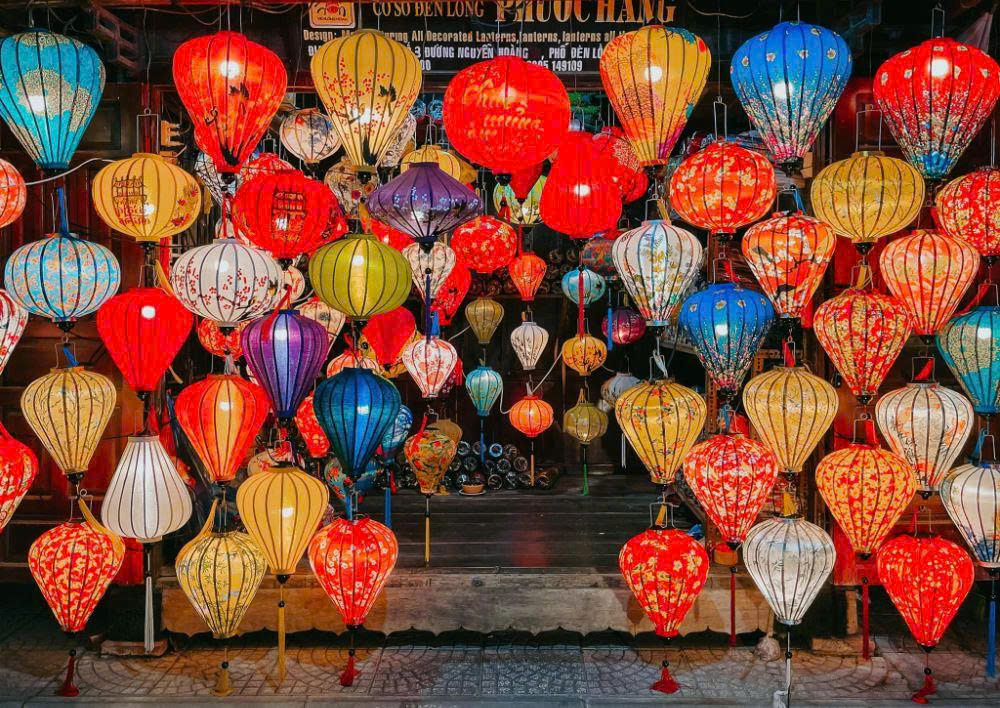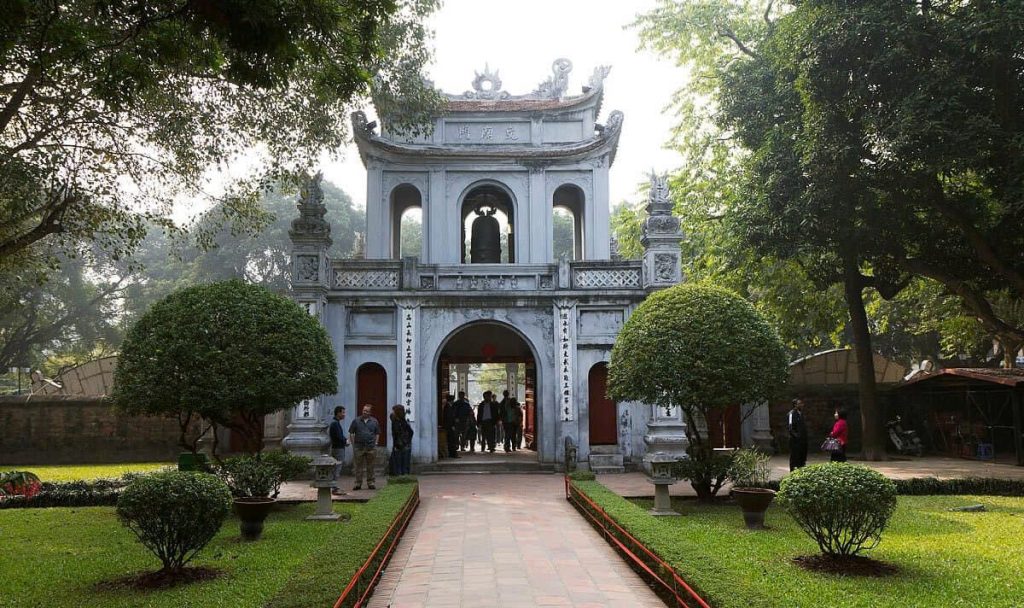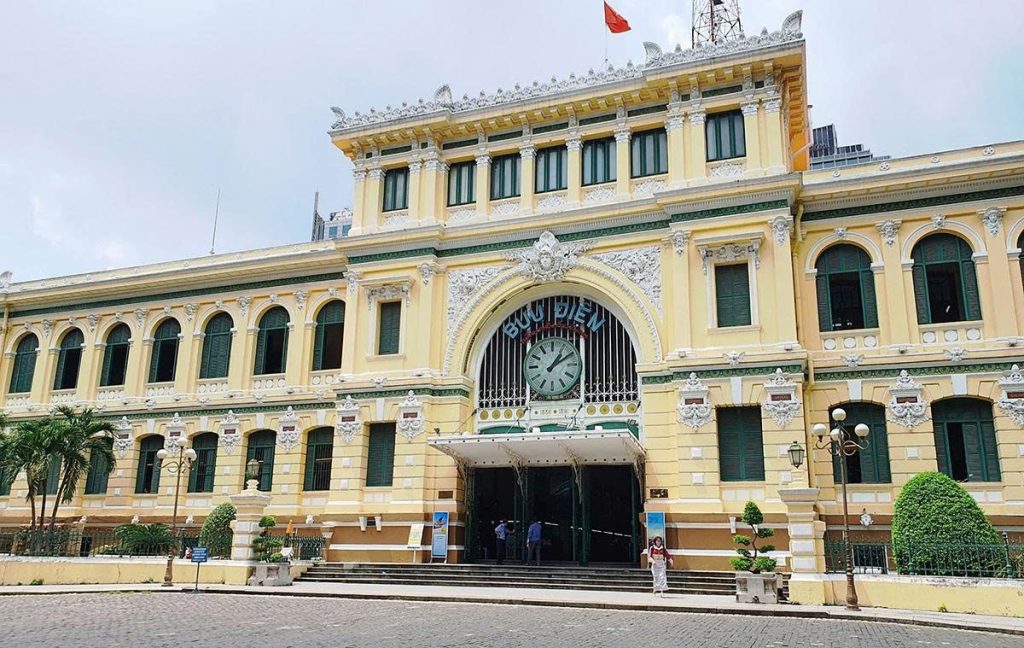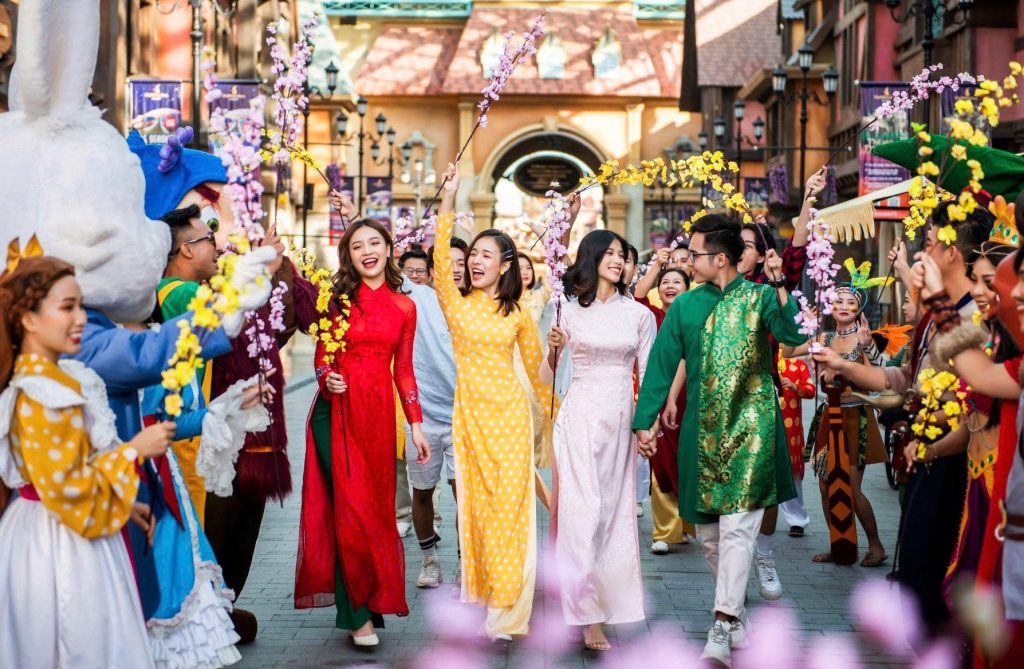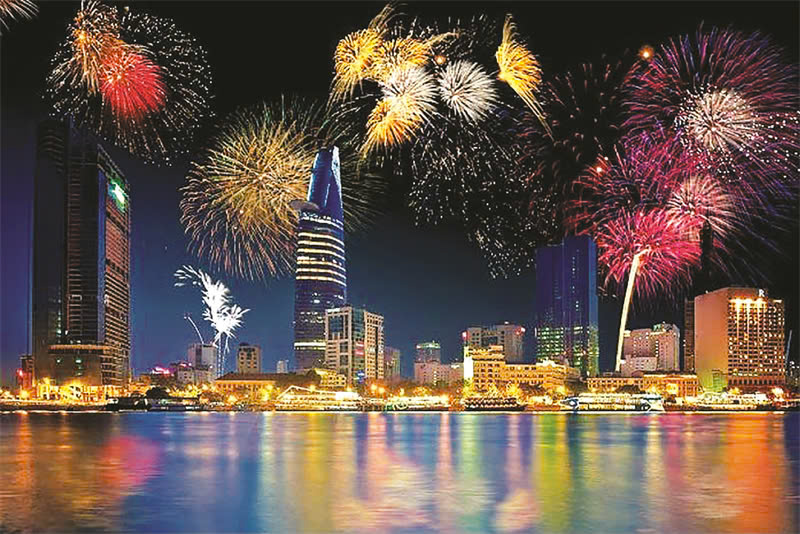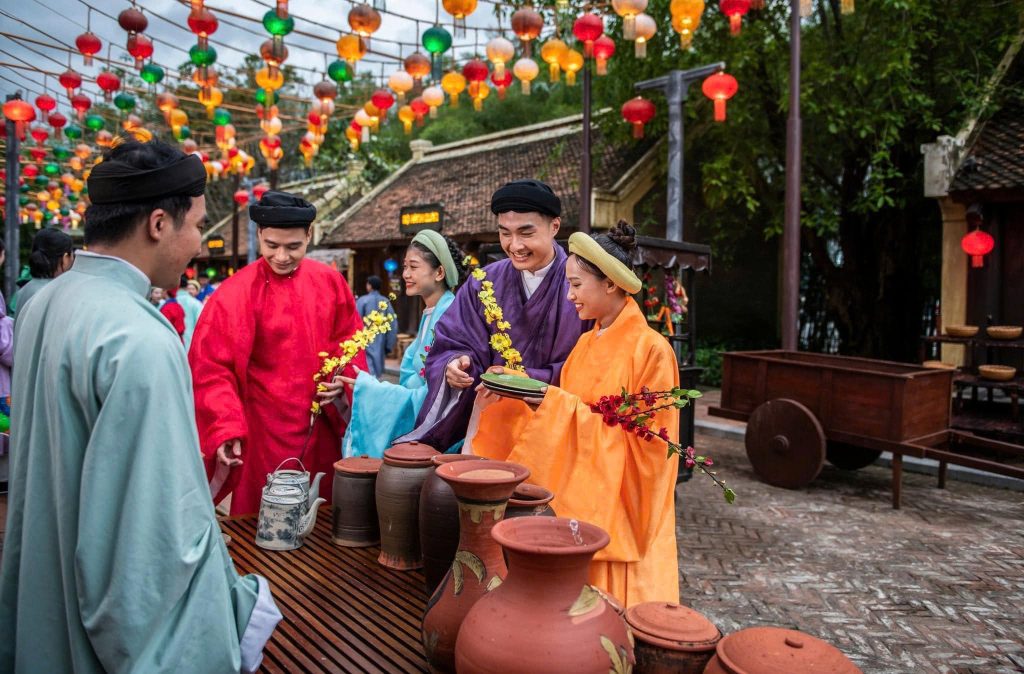The Thang Long Imperial Citadel (Hoàng thành Thăng Long) is arguably the most significant historical site in Vietnam, serving as the uninterrupted political epicenter for over a millennium. Situated in the heart of modern Hanoi, this magnificent complex offers a tangible link to the nation’s illustrious imperial past, from its founding by King Ly Thai To to its pivotal role during the Vietnam War.
1. Historical & UNESCO Significance
The Citadel’s Outstanding Universal Value lies in its remarkable historical continuity. Unlike many imperial capitals that were abandoned or moved, Thang Long—and later Hanoi—has retained its role as the capital, leaving behind distinctive archaeological layers.
The Foundation: A Succession of Power
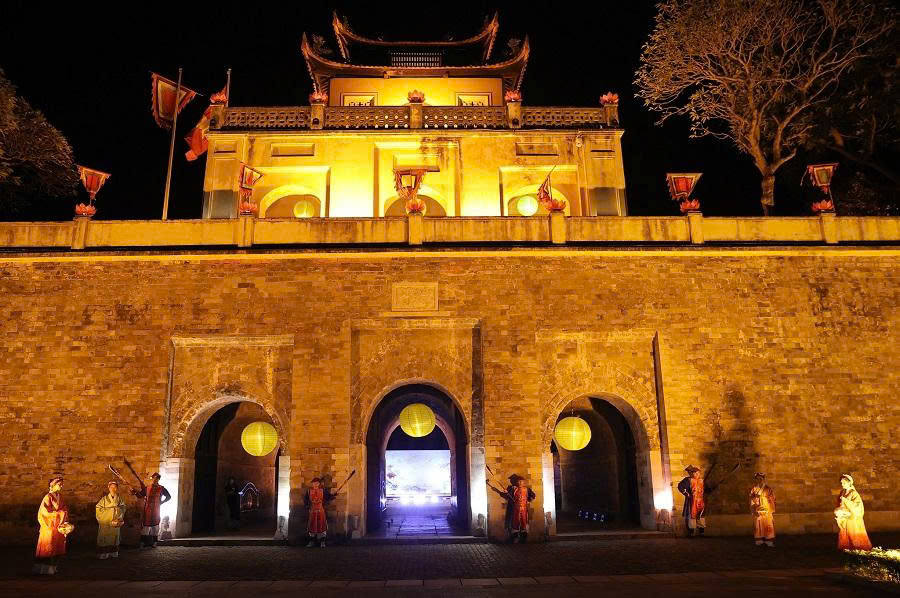
The site’s history begins long before the Vietnamese emperors:
- Pre-1010 AD: The foundations were first laid for the Dai La Citadel during the Chinese Tang dynasty rule.
- 1010 AD – 13th Century (Lý Dynasty): Following the decree of King Ly Thai To to move the capital from Hoa Lư, the Imperial Citadel was founded and built to reflect the “Ascending Dragon” vision of prosperity and independence. This era laid the groundwork for the Forbidden City (Tử Cấm Thành).
- 13th–18th Centuries (Trần and Lê Dynasties): Subsequent dynasties maintained and expanded the Citadel, using the central Kinh Thien Palace for the most sacred state ceremonies and court affairs.
- 19th Century (Nguyễn Dynasty): When the capital was officially moved to Huế, the citadel in Hanoi was downsized and rebuilt in the European Vauban military style, which explains some of the surviving structures today.
Why UNESCO Recognized Thang Long
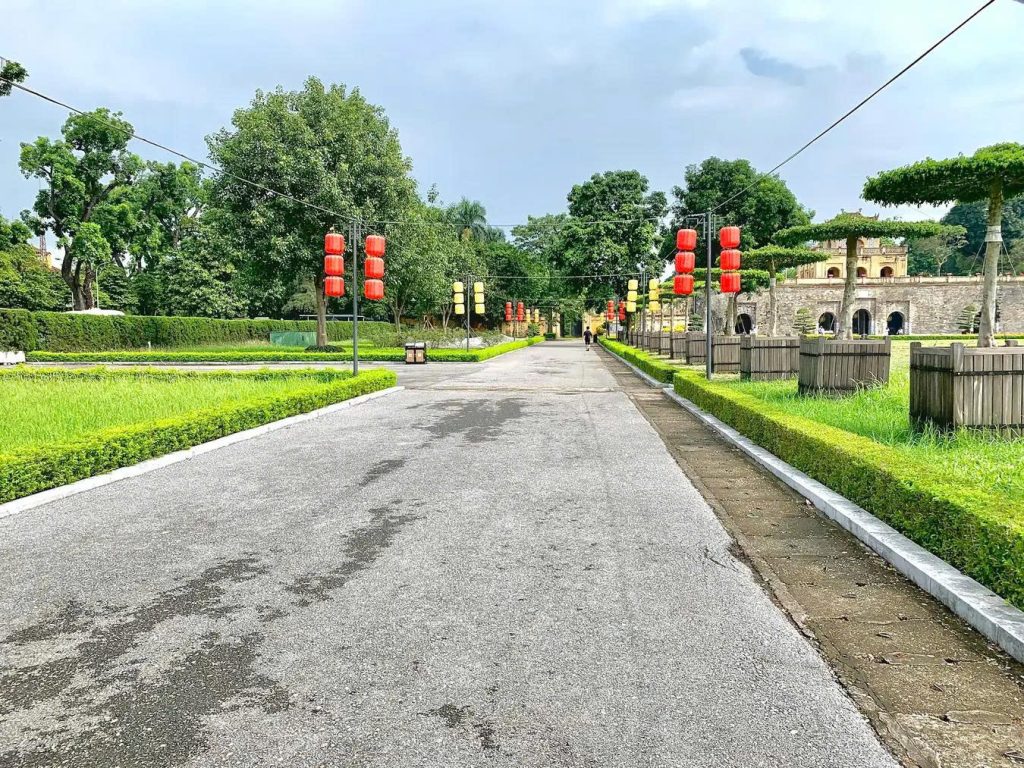
The core reason for its 2010 inscription is the evidence of stratification. Excavations at the 18 Hoang Dieu Archaeological Site have uncovered overlapping remains—including foundation pillars, wells, and drainage systems—from the 7th to the 19th centuries, testifying to the enduring political and cultural presence in one location. This makes it a rare and invaluable window into Southeast Asian cultural history.
2. The Citadel’s Must-See Attractions
A visit to the Citadel involves exploring two distinct areas: the standing monuments and the protected archaeological ruins.
The Central Imperial Axis
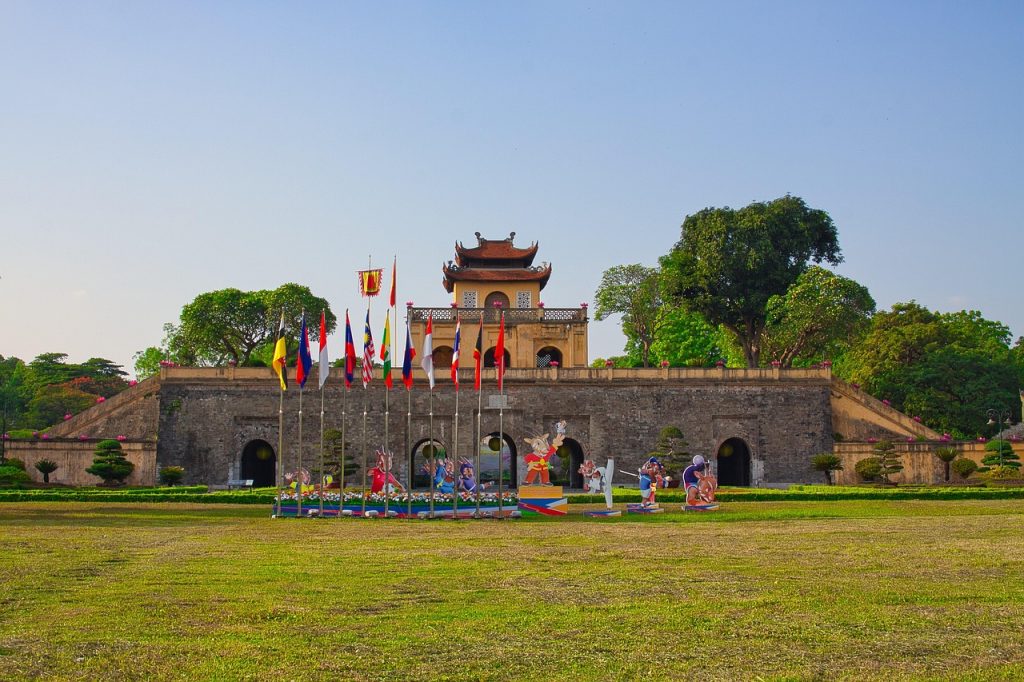
- Doan Mon Gate (The Main Gate): This grand, imposing entrance served as the southern gateway into the heart of the royal administrative area. Notice its five symmetrical arched entrances—the central arch was exclusively reserved for the reigning monarch. The watchtower above was used for major ceremonial proclamations.
- Kinh Thien Palace Foundation and Dragon Steps: Though the palace itself was largely destroyed during the French colonial period, the massive stone platform and the intricately carved Stone Dragon Steps remain. These steps, dating from the Lê Dynasty, are masterpieces of Vietnamese sculptural art and a must-photograph spot.
- Hau Lau (Lady Pavilion / Tĩnh Bắc Lâu): Located immediately behind the former palace site, this restored building once housed the Queen and the royal consorts. Its current architecture reflects the reconstruction efforts of the Nguyễn Dynasty after significant damage.
- Cua Bac (Northern Gate): This is one of the most historically poignant structures. It is the last intact gate of the 19th-century Hanoi Citadel and still bears the scars from French cannonballs fired in 1882, symbolizing the resistance of Vietnamese forces.
The 20th Century Relics
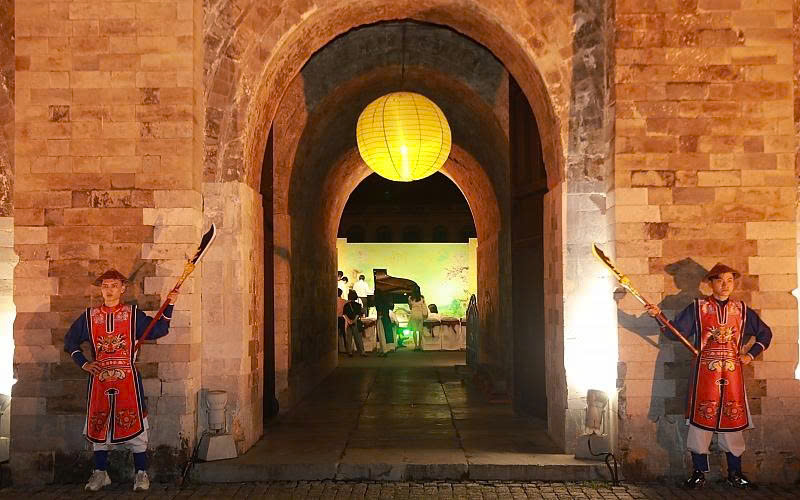
- House D67 and the Command Tunnel: This relic provides a stark contrast to the imperial past. From 1954 to 1975, the D67 house and its adjacent underground tunnel system served as the General Headquarters of the Vietnamese People’s Army, where critical decisions of the Vietnam War were made by key military leaders. Visitors can see the functional meeting rooms and communication equipment from that era.
The Archaeological Site
- 18 Hoang Dieu Archaeological Excavation: Located across the street from the main monuments, this site presents the raw, layered history of the citadel. Visitors walk along elevated paths above the excavation pits, viewing thousands of recovered artifacts, including ceramics, pottery, and structural remnants from the Lý, Trần, and Lê dynasties, each stacked vertically in chronological order.
3. Planning Your Visit
To make the most of your Hanoi itinerary, utilize these essential tips.
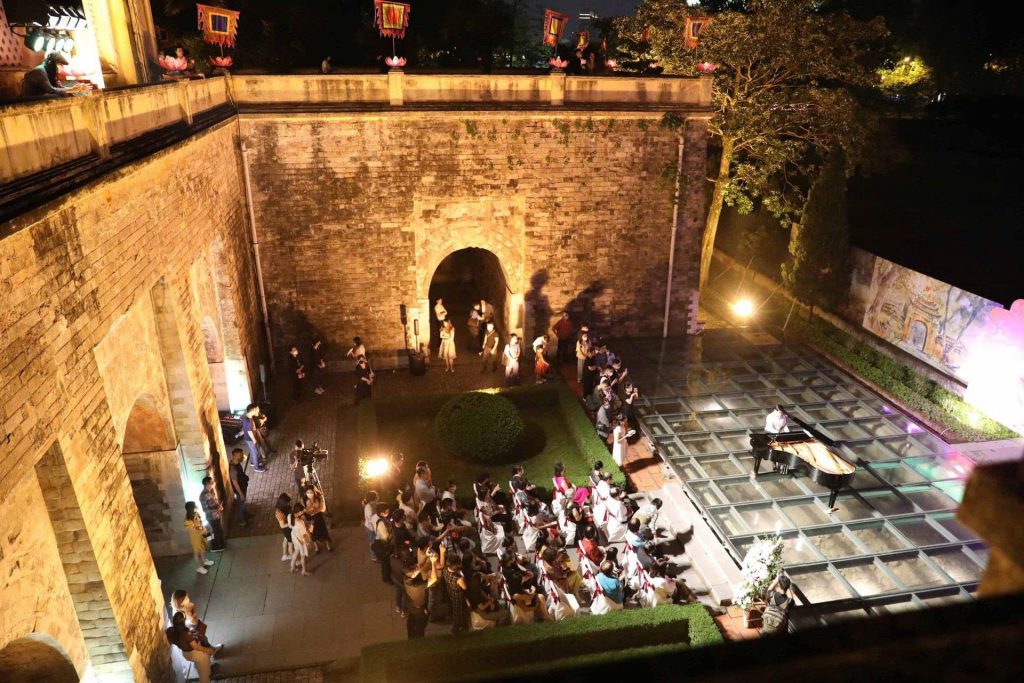
Practical Details: Hours, Tickets, and Best Time
| Detail | Information | Tip |
| Operating Hours | 8:00 AM – 5:00 PM (Closed every Monday) | Arrive at 8:00 AM or 3:00 PM to avoid the mid-day heat and large crowds. |
| Entrance Fee | 50,000 VND per person (approx. $2 USD) | Purchase your ticket at the main gate (Doan Mon). Students and seniors often receive discounts. |
| Duration | 2.5 to 3.5 hours | Allow 90 minutes for the monuments and 60 minutes for the 18 Hoang Dieu Archaeological Site. |
Special Experience: The Night Tour

The most exclusive way to experience the Citadel is through the “Decoding the Imperial Citadel of Thang Long” Night Tour. This immersive 90-minute experience, offered only on weekend evenings, includes:
- A ceremonial welcome at Doan Mon with imperial guards.
- Art performances reflecting royal court life.
- A dramatic sound and light show that visually explains the history and archaeology of the site.
- Note: This tour requires a separate booking and costs more than the day entrance fee.
Accessibility and Getting Around
- Dress: Modest attire is required (covering shoulders and knees) out of respect for the historical and spiritual nature of the site.
- Photography: Allowed everywhere, but be mindful of signage, especially inside the D67 house.
- Transportation: The Citadel is easily accessed by Grab or local taxi. It is conveniently situated in the Ba Dinh District, making it a logical first stop on a day dedicated to Hanoi’s historical heart.
4. What’s Nearby?
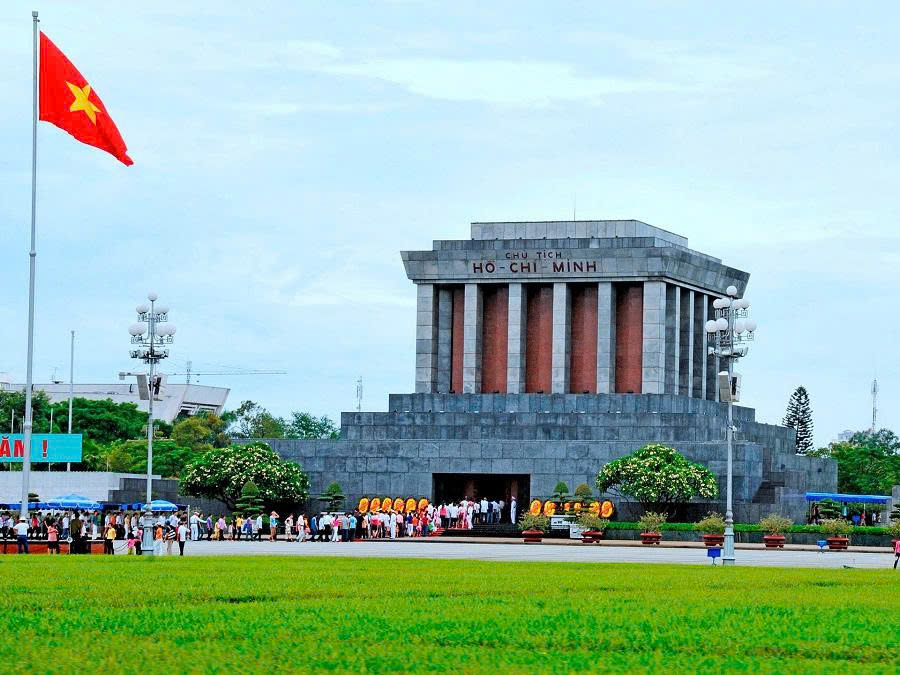
The Thang Long Imperial Citadel is located centrally among some of Hanoi’s most famous attractions, allowing you to combine your visit efficiently:
- Ho Chi Minh Complex: Located directly opposite the Citadel, this includes the Mausoleum, Presidential Palace, and One Pillar Pagoda.
- Vietnam Military History Museum: Adjacent to the Flag Tower, offering a comprehensive look at Vietnam’s conflicts and military history.
- Hanoi Old Quarter: Just a 15-minute walk or 5-minute Grab, or Xanh SM ride away, perfect for ending your historical tour with some authentic street food and souvenir shopping. Look for the classic Vietnamese Pho or a refreshing Bia Hoi (local draft beer).
RELATED: Hanoi Travel Guide: Explore Vietnam’s Ancient Heart
The Thang Long Imperial Citadel is more than just a magnificent collection of gates and ruins; it is a powerful symbol of Vietnam’s enduring spirit and political resilience across thirteen centuries. By understanding its layered history—from the powerful Lý dynasty to its covert role during the Vietnam War—you gain an unparalleled appreciation for the complexities of Hanoi and the nation itself.
Whether you choose the insightful day tour or the magical “Decoding the Imperial Citadel” Night Tour, your visit to this UNESCO World Heritage Site will serve as a profound cornerstone of your Vietnam Travel Guide experience.
Plan your visit today to walk through the central axis of Vietnamese history and witness the enduring legacy of the Ascending Dragon.

